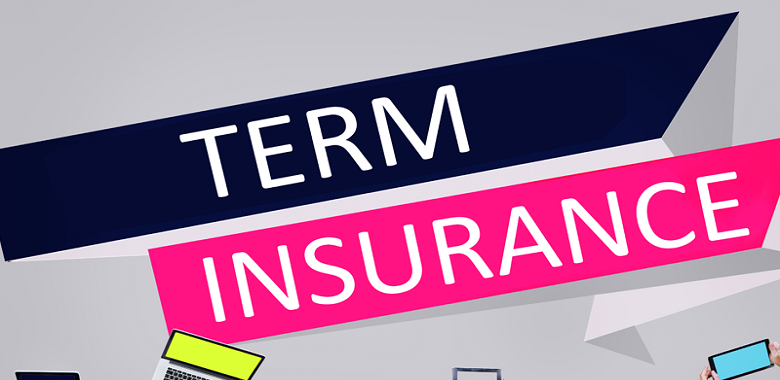Travel includes a lot of excitement and enjoyable memories. However, it can be disturbed by any unexpected problems. Therefore, an individual should be prepared, if in case any problems arise. It can be sudden illness or accident, which might turn down the excitement of the trip. In addition, the medical cost in foreign countries is expensive. You can come across events like baggage loss, thefts, passport loss or monetary loss.

It can be any natural calamities or man-made riots which can affect your travel plan and your finances. Therefore, it is always safe to buy family travel insurance while planning for a family vacation.
Travel insurance provides medical and financial assistance in case of emergency to you and your family while traveling abroad. The aim behind buying travel insurance is to fly safe, worry free, and make the entire trip memorable. With the range of travel insurance plans covering leisure and business travel, you will find adequate coverage for a premium that suits every budget.
Buying travel insurance online offers you a wide range of travel insurance plans covering leisure and business travel. You can choose the insurance plan with the adequate coverage for the premium as per your budget.
Today, insurance companies offer specialized product portfolio with customized travel insurance plans:
- Individual Only Insurance
- Family Floater Plan
- Senior Citizens
- Students
- Multi/Annual Trip for business travelers
It is very important to understand the coverage offered under the family travel insurance or other plan you opt for. The most common travel eventualities covered under travel policies are:
- Emergency Medical expenses and emergency evacuation/repatriation expenses
- Accidental Death or Permanent Disablement
- Flight delay
- Loss/delay of checked baggage, Loss of personal documents
- Personal Liability
Following are the few benefits of travel insurance
Medical costs
In case of any unexpected illness, disease or accidental injuries, travel insurance covers the cost of medical expenses. The policy pays for the cost of the room and boarding expenses, fees of physicians and ambulance service, etc.
Repatriation
If you are unable to continue the trip due to any reason after hospital stay or medical treatment then the insurance company pays the cost of return to your country along with the medical bills.
Loss of baggage/personal documents
Under travel insurance, even your belongings are covered during travel. In case you lose your belongings or personal documents like identity card, passport, etc., you can claim the costs with your insurance provider.
Flight delay – If the flight is delayed from scheduled departure time then the insured will be reimbursed for any essential purchases.
Personal Liability – This cover provides third-party liability coverage if one involuntarily causes damage to third-party person or any property.
Hotel Accommodation – If the insured is hospitalized as an inpatient then the insurance provider will pay for the costs of hotel accommodation for the insured’s family member.
If the insured one is hospitalized as an inpatient, the insurance company pays the costs of the accommodation for the insured one’s family member.
All the above benefits vary depending upon the policy you choose. Therefore, always make sure to read the terms and conditions of the policy carefully.
Other things that one needs to consider while evaluating travel insurance policies are:
Look for policies that offer highest reimbursement towards
- Personal Accident
- Medical Expenses
- Loss of passport
- Personal Liability
- Trip Delay
- Checked baggage delay
- Financial emergency assistance
- Offers Accidental Death & dismemberment
- Dental care expenses
While booking flights, hotels and places also make sure to buy travel insurance online as well to stay protected. It will help you with the assurance of support being available in a foreign land in case of unforeseen eventualities. In addition, domestic travel insurance can help you to enjoy your domestic trip peacefully with your family members or loved ones.








